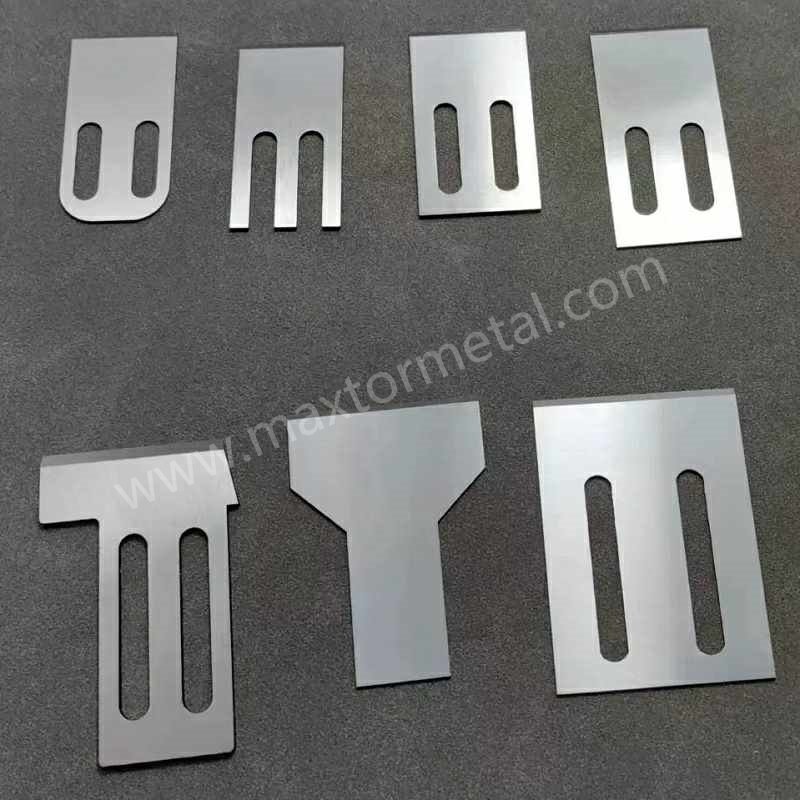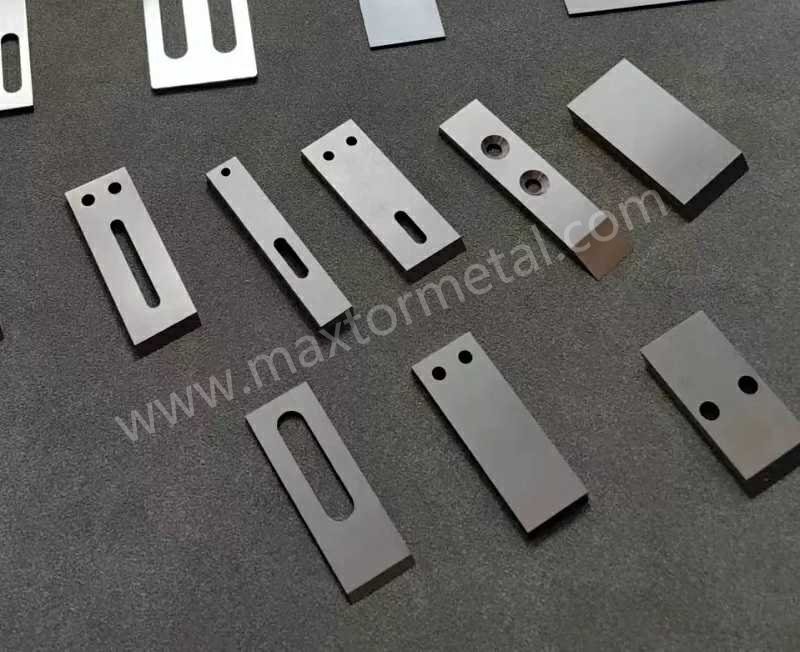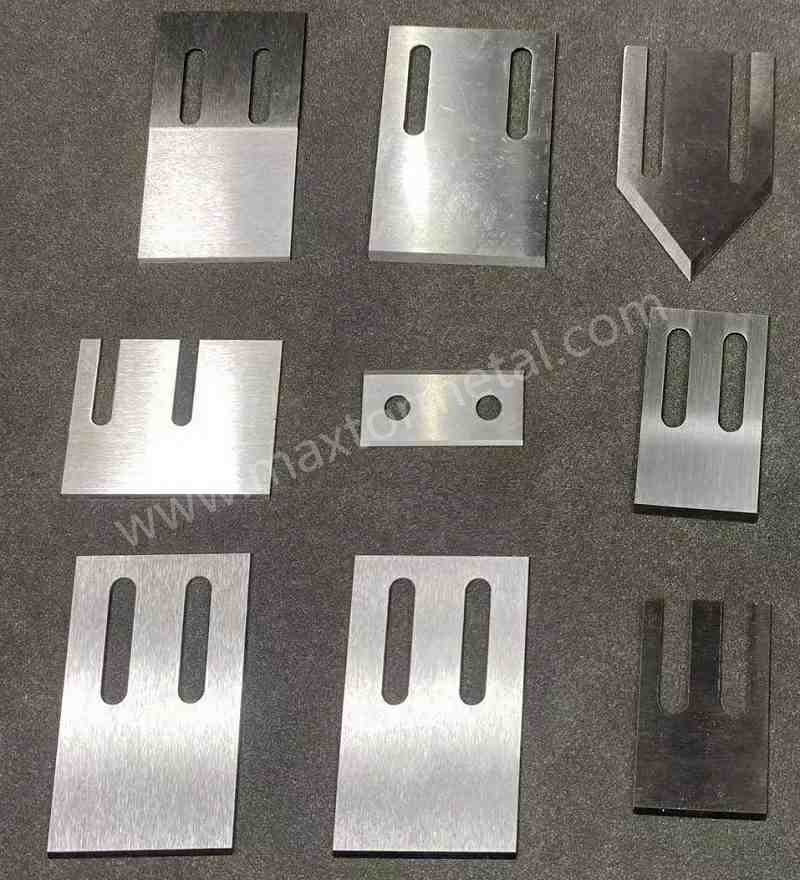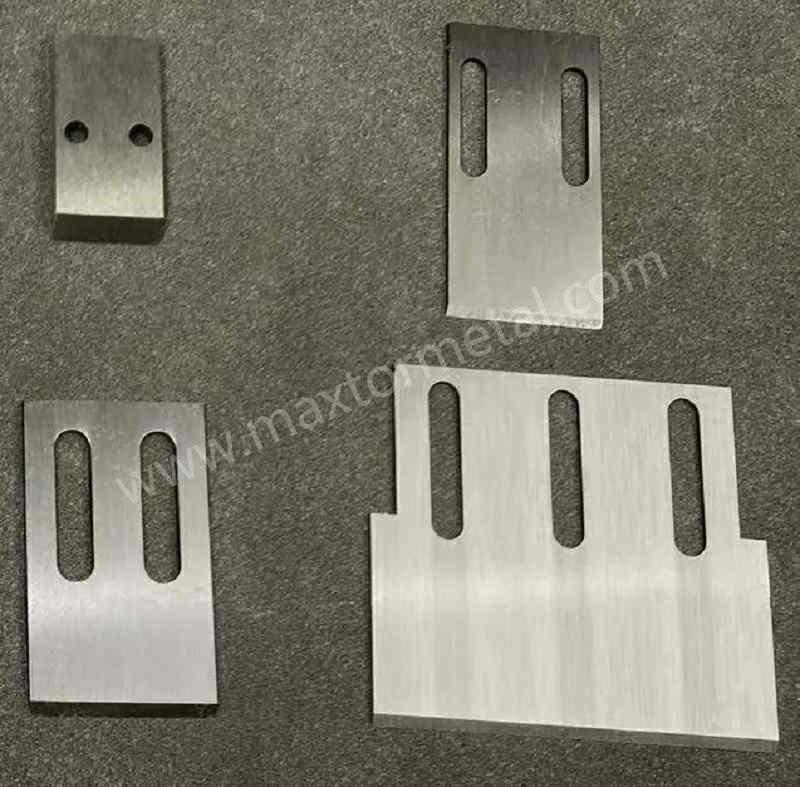| أسماء أخرى | شفرة تقطيع البلاستيك، سكين قطع البلاستيك، شفرة تحبيب البلاستيك، سكين تقطيع البلاستيك |
|---|---|
| بلد المنشأ | الصين |
| تطبيق | صناعة إعادة تدوير البلاستيك |
| مادة | Sk2، هس، M2، SKD11 |
| رقم الموديل | سي بي-بي سي |
| خدمة OEM | متاح |
| شروط الدفع | خطاب الاعتماد، تي/تي، ويسترن يونيون |
| التعبئة | صندوق كرتون, صناديق خشبية |
| وقت التسليم | 7-20 يوم |
شارك على:
Plastic pelletizer blades، والمعروفة أيضًا باسم شفرات الحبيبات, سكاكين التحبيب، أو rotor knives و stator knives (depending on their position in the pelletizer), are critical cutting tools used in plastic pelletizing machines. These machines reduce larger pieces of plastic into small, uniform pellets or granules, which are the primary feedstock for manufacturing various plastic products. Plastic pelletizer blades are specifically designed to efficiently and cleanly cut different types of plastic materials into these consistent pellet sizes.
Plastic pelletizer blades are essential in the plastic recycling and manufacturing industries. Their main applications include:
المواد المستخدمة ل plastic pelletizer blades must be highly wear-resistant to withstand the abrasive nature of some plastics and fillers, as well as the continuous high-speed operation of pelletizing machines. Common materials include:
The hardness of plastic pelletizer blades typically ranges from HRC 52 to 65, depending on the material and the type of plastic being processed. Proper heat treatment is crucial to achieve the optimal balance of hardness and toughness. Coatings like chromium plating or titanium nitride (TiN) can be applied to further enhance surface hardness, reduce friction, and improve corrosion resistance.
Plastic pelletizer blades come in various shapes and configurations depending on the type of pelletizing machine (e.g., strand pelletizers, underwater pelletizers, die-face pelletizers) and the desired pellet size and shape. Common shapes include:
The working principle involves the rotating plastic pelletizer blades (rotor or fly knives) passing closely by the stationary stator knives or the die face, cutting the continuous strands or the extruded melt into small pieces. The clearance between the rotor and stator knives is critical for clean cutting and preventing material from being smeared or pulled. The speed of rotation and the feed rate of the plastic material determine the size and shape of the resulting pellets. Different blade geometries and cutting configurations are used to optimize pellet quality and production efficiency for various types of plastics and throughput requirements.
استمتع براحة الاستيراد السلس. من النقل إلى التخليص الجمركي، نحن نتعامل مع العملية بأكملها. كل ما عليك فعله هو دفع ضريبة القيمة المضافة وانتظار وصول بضائعك.
لقد رأينا شفراتنا تُستخدم في عدد لا يحصى من التطبيقات وهي جاهزة للتعامل مع أي مشروع تطرحه علينا - حيث توفر الدقة والمتانة والتسعير التنافسي الذي لا مثيل له.
سواء قدمت رسومات أو مسودات أو عينات، نحن قادرون على الرسم والتصنيع لك. لدينا أيضًا القدرة على المساعدة في تعديل التصميمات والمواصفات الحالية لتحسين أي تطبيق للأدوات الصناعية تقريبًا. يرجى الاتصال بفريق المبيعات المخصص لدينا لمناقشة متطلباتك المحددة.
يتم إجراء سلسلة من الاختبارات والفحوصات للتحكم في الجودة، بما في ذلك فحص العينة الأولى، فحص المواد الواردة والمواد المعتمدة، فحص الجودة أثناء العملية، وفحص الجودة النهائي.
سواء كنت مستوردًا أو موزعًا أو تاجر جملة أو مستخدمًا نهائيًا، نرحب بك للانضمام إلينا بحد أدنى للكمية المطلوبة (MOQ)، وبدون متاعب للاستفسار، ومزيد من الحرية في الشراء.
كن مراقبك الحصري، ونقل منتظم لكل نقطة مهمة في خط الإنتاج، بغض النظر عن المسافة، للسيطرة على تقدم المنتج قدر الإمكان.





Nanjing Metal Industrial CO., Limited
Mingjue Industrial Park, Lishui, Nanjing, Jiangsu, China
ابقَ على اطلاع بآخر أخبارنا.